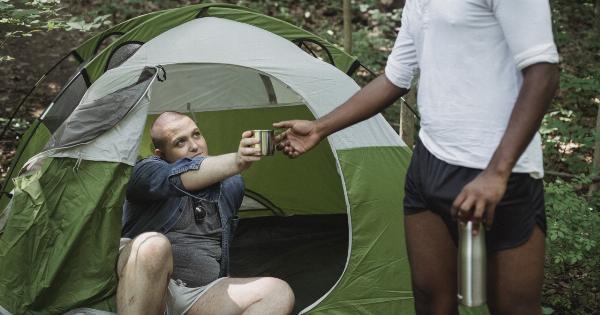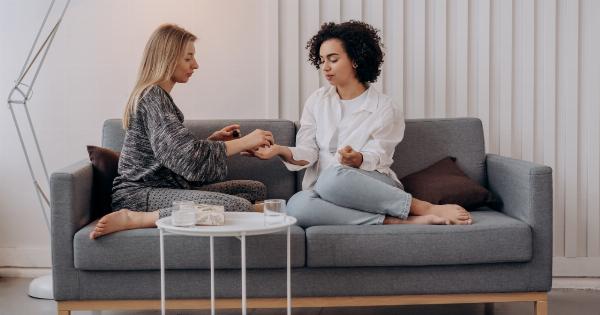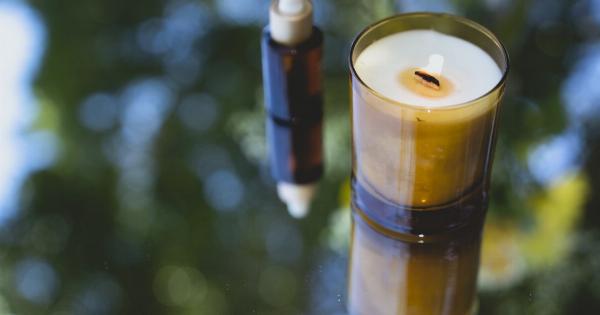Warts are a common skin condition that affects both children and adults. They are caused by the human papillomavirus (HPV) and can be unsightly and embarrassing.
Most warts are harmless and will go away on their own, but some can be stubborn and difficult to treat.
Types of Warts
There are several types of warts, each with its own characteristics:.
Common Warts
Common warts are rough, raised growths that often have a bumpy, cauliflower-like appearance. They typically grow on the hands, fingers, and feet.
Plantar Warts
Plantar warts are flat, dolorless warts that grow on the soles of the feet. They can be tender to the touch and can cause discomfort when walking.
Flat Warts
Flat warts are small, smooth warts that typically grow in clusters on the face, neck, and hands. They can be difficult to notice because of their flat shape.
Genital Warts
Genital warts are soft, fleshy growths that appear in the genital and anal area. They are sexually transmitted and can cause serious health issues like cervical cancer if left untreated.
Treating Warts at Home
There are several home remedies that can be used to treat warts. These include:.
Salicylic Acid
Salicylic acid is a common treatment for warts. It works by softening the skin and causing the wart to peel off. Over-the-counter products like Compound W contain salicylic acid.
Duct Tape
Some studies have shown that placing a piece of duct tape over a wart can help it go away. The tape should be left on for several days and then removed. The process should be repeated until the wart is gone.
Tea Tree Oil
Tea tree oil has antiviral properties and can be applied directly to the wart several times a day.
Professional Treatment Options
If home remedies are not effective in treating your warts, professional treatment may be necessary. These treatments include:.
Cryotherapy
Cryotherapy involves freezing the wart with liquid nitrogen. This causes the wart to blister and fall off within a few weeks.
Electrosurgery
Electrosurgery involves using an electrical current to burn the wart. The dead tissue is then removed with a scalpel.
Chemical Peels
Chemical peels involve applying a chemical solution to the wart. The solution causes the skin to peel, taking the wart with it.
Preventing Warts
Warts are contagious and can be spread through skin-to-skin contact or by sharing personal items like towels or shoes. To prevent getting warts, follow these tips:.
Wash Your Hands
Wash your hands regularly to help prevent the spread of warts.
Avoid Sharing Personal Items
Avoid sharing personal items like towels, shoes, and socks. If you have a wart, use a separate towel to dry the affected area.
Wear Shower Shoes
Wear shower shoes in public showers or locker rooms to prevent skin-to-skin contact with the virus.
When to See a Doctor
Most warts will go away on their own or with home treatment. However, you should see a doctor if:.
The wart is painful or bleeding
The wart is growing or changing in appearance
You have several warts
Your doctor can recommend a treatment plan that is right for you.






























